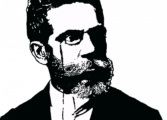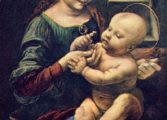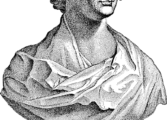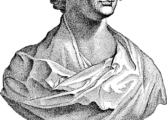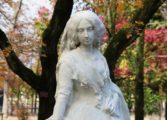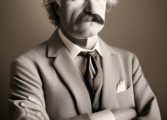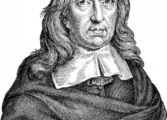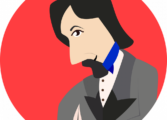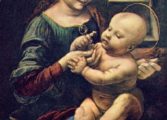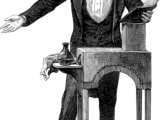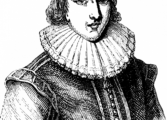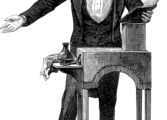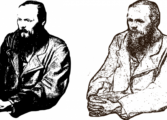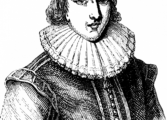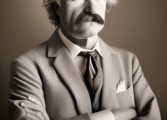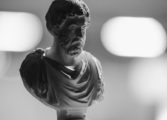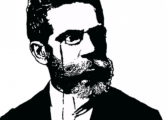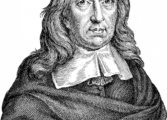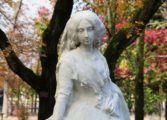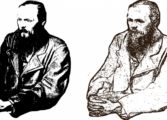Klaus Rifbjerg was a prominent Danish author, poet, and cultural figure known for his significant contributions to contemporary Danish literature
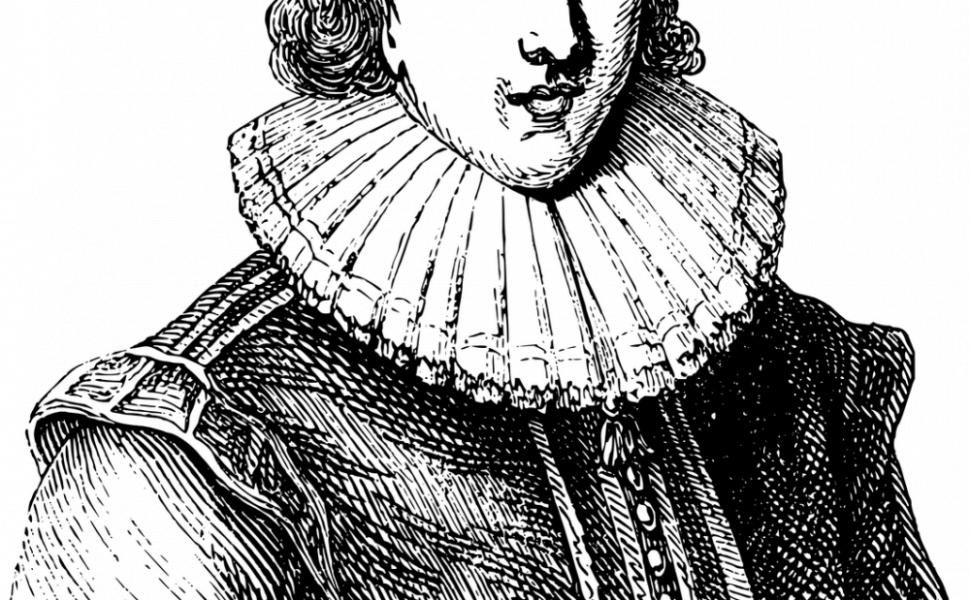
His literary works, often characterized by their thought-provoking themes and introspective introspection, have garnered critical acclaim both nationally and internationally. In this article, we delve into the world of Klaus Rifbjerg books, exploring their significance, evolution over time, and their enduring appeal to art enthusiasts and collectors.
Introduction to Klaus Rifbjerg Books:
Klaus Rifbjerg books capture the essence of human experiences, delving into the complexities of relationships, identity, and societal norms. His poignant storytelling and poetic language resonate with readers, offering a window into the human condition. Rifbjerg’s works span a wide range of genres, including novels, short stories, poetry collections, and plays. His versatility as a writer allows him to navigate various themes and formats, earning him a reputation as one of Denmark’s most influential literary figures.
Historical Evolution of Klaus Rifbjerg Books:

Klaus Rifbjerg’s literary journey began in the mid-20th century and has since left an indelible mark on Danish literature. To understand the significance of his works, it is essential to explore their evolution over time.
1. Early Works:
Rifbjerg’s early works, like his debut novel “Den kroniske uskyld” (The Chronic Innocence), gained attention for their exploration of taboo subjects, unconventional narrative structures, and experimental writing styles. These works challenged societal norms and paved the way for new forms of storytelling in Danish literature.
2. Social Realism:
In the 1960s, Rifbjerg embraced social realism, focusing on contemporary social issues and the struggles of everyday life. Novels such as “Anna” and “Den kroniske uskyld” exemplify this period, highlighting the realities of love, sex, and societal expectations through realistic characters and sharp dialogues.
3. Psychological Dept
As Rifbjerg’s career progressed, his works delved deeper into the complexities of human psychology and relationships. Novels such as “Frost i maj” (Frost in May) and “Op med optimismen” (Up with Optimism) reflect his exploration of themes such as existentialism, identity crisis, and generational conflicts. These works showcase his ability to capture the inner battles faced by individuals and the impact of external circumstances on their lives.
4. Collaborations and Adaptations:
Aside from his solo works, Rifbjerg collaborated with fellow writers, playwrights, and filmmakers, showcasing his versatility and adaptability across different mediums. Collaborative efforts such as “De måske egnede” (The Perhaps Suitable Ones) and adaptations of his works for the screen brought his stories to a wider audience, solidifying his status as a celebrated literary figure.
5. Late Works and Legacy:
Towards the later part of his career, Rifbjerg continued to produce thought-provoking works that reflected his maturing perspective on life and literature. His literary output remained consistent, and his final novel, “Ilden lægges med tungen” (The Fire is Laid with the Tongue), was published posthumously in 2015. His legacy lives on through his works, which continue to inspire and captivate readers, cementing his place in the pantheon of Danish literature.
Investing in Klaus Rifbjerg Books:
For art enthusiasts and collectors, Klaus Rifbjerg books present a unique opportunity to acquire literary treasures that encapsulate the essence of Danish contemporary literature. As a highly regarded author, Rifbjerg’s works have gained recognition within academic circles, making them valuable additions to any collection of Scandinavian literature.
With their enduring themes and universal appeal, Klaus Rifbjerg books offer an immersive reading experience that transcends cultural boundaries. Their significance lies not only within the context of Danish literature but also in their ability to provoke thought and inspire introspection in readers worldwide.
In conclusion, Klaus Rifbjerg books hold a prominent place within the Danish literary canon. Their impact on contemporary literature is undeniable, and their enduring appeal to art enthusiasts and collectors alike is a testament to the timeless nature of his works. Rifbjerg’s exploration of the human condition through his thought-provoking themes and masterful storytelling continues to resonate, ensuring his legacy as a significant figure in Danish literature.




